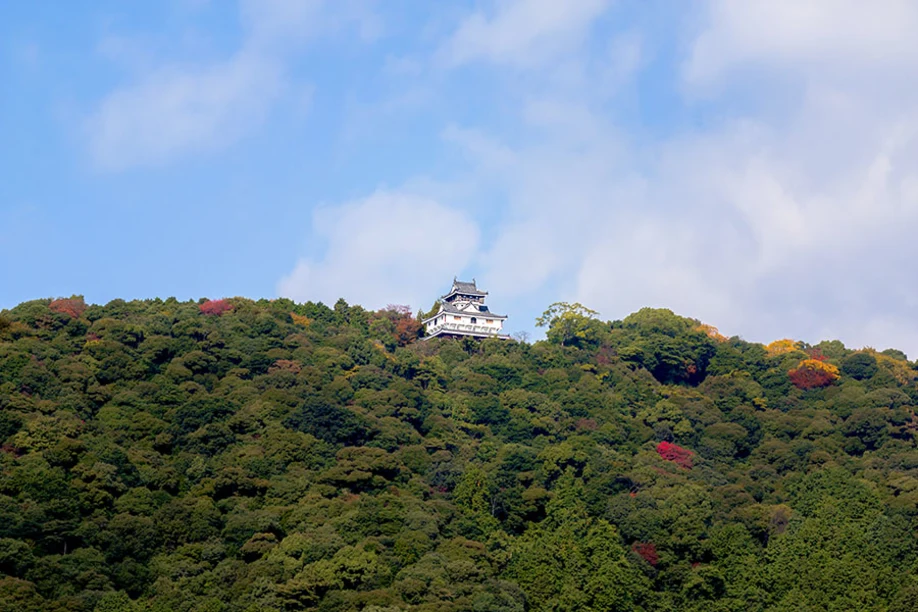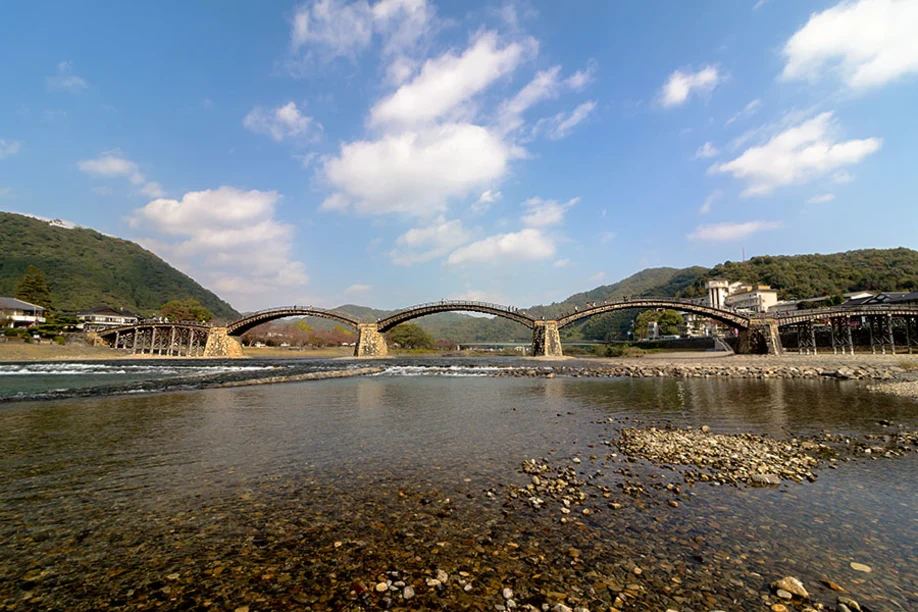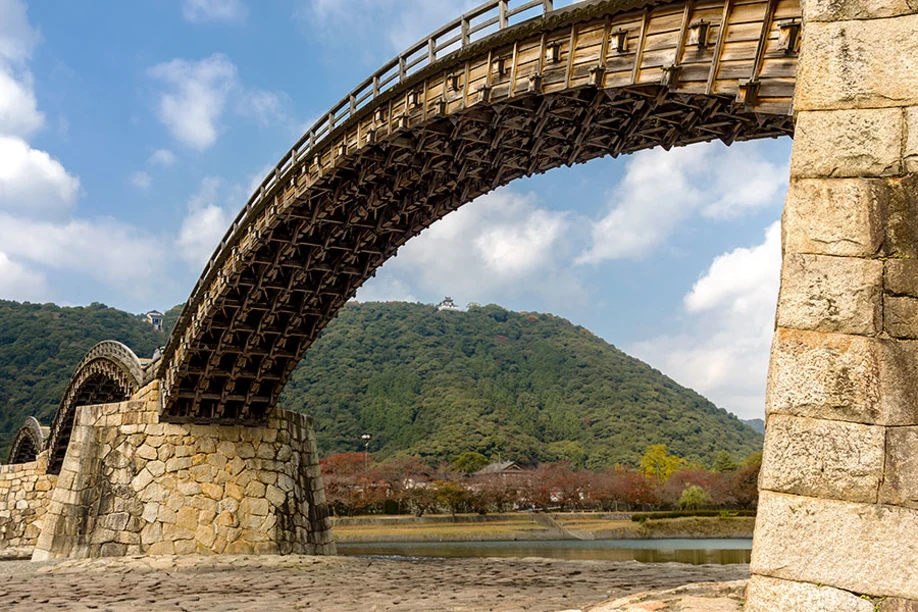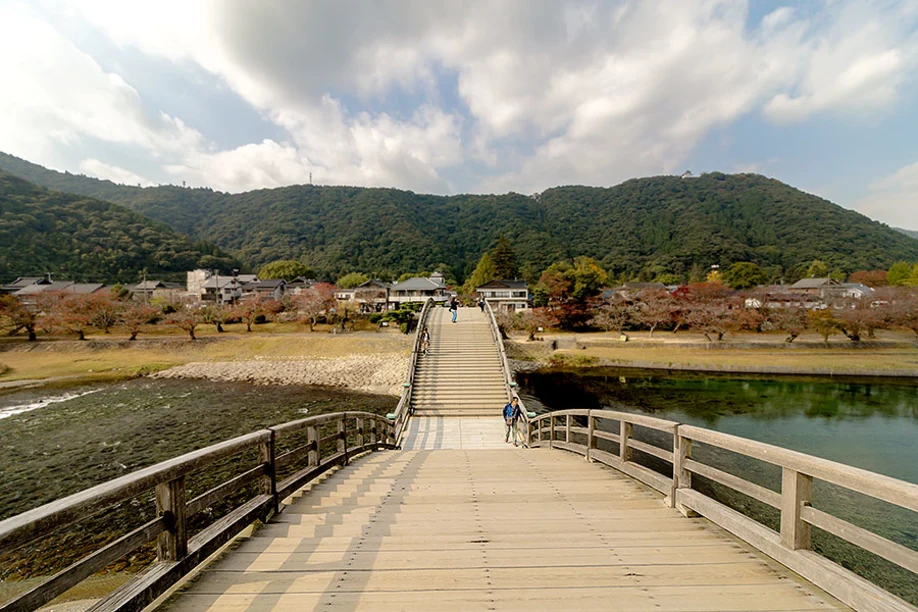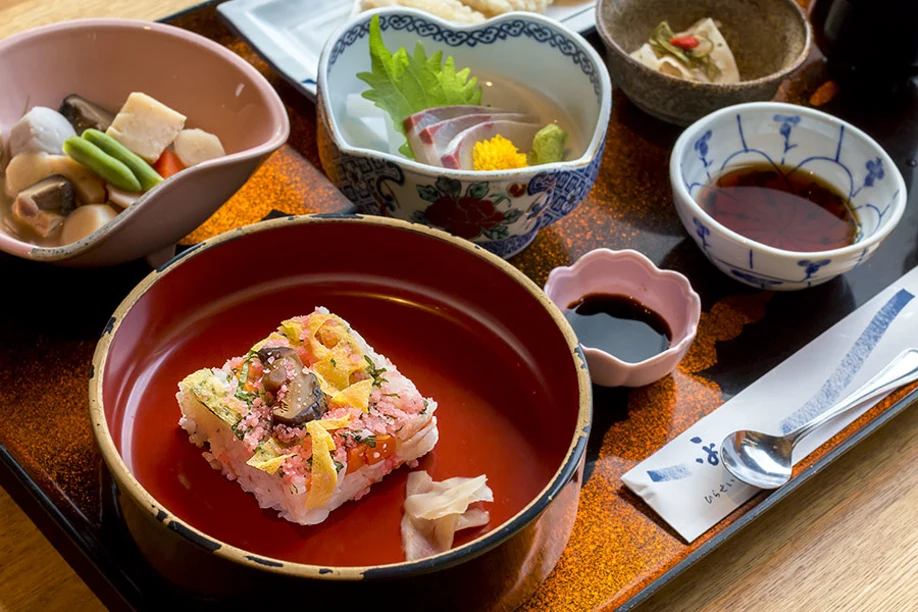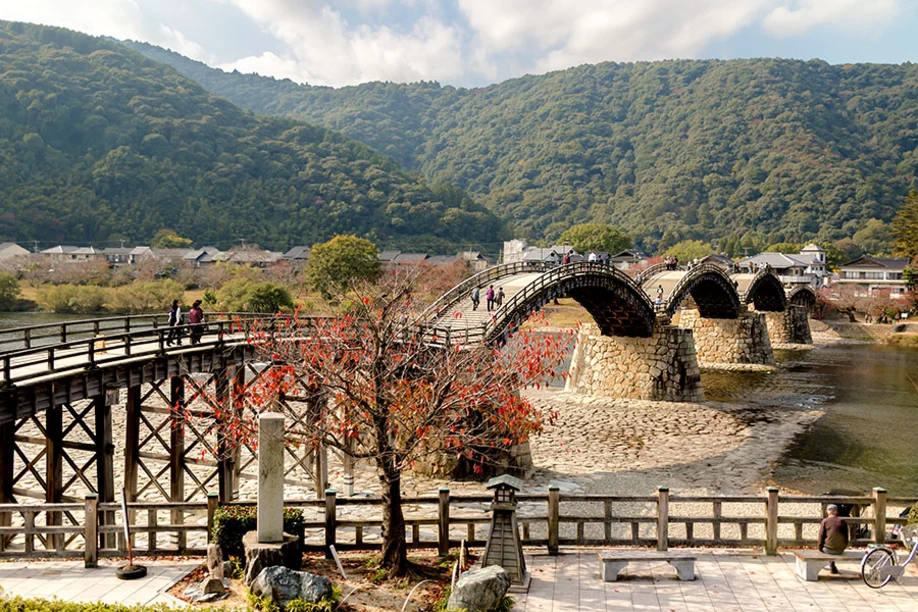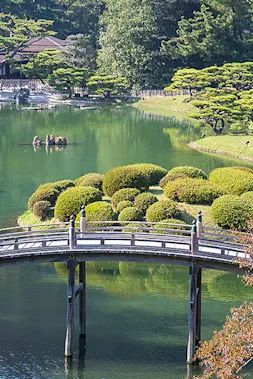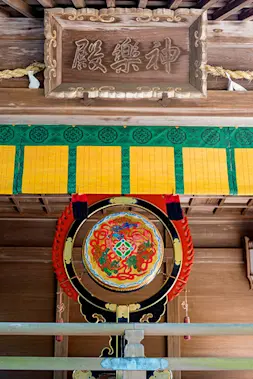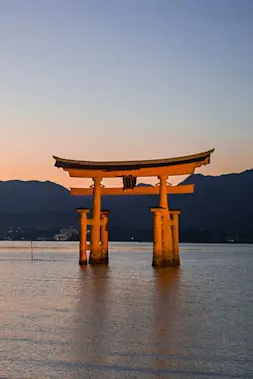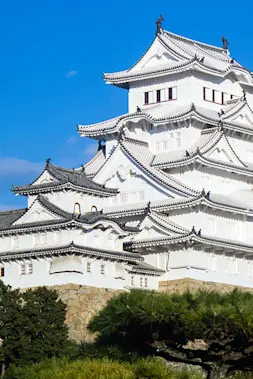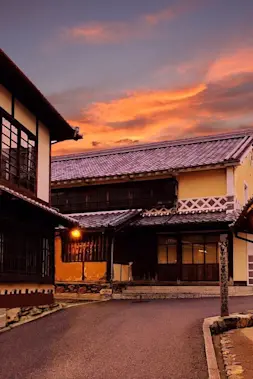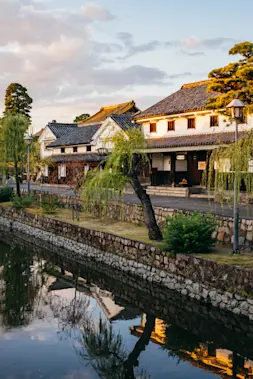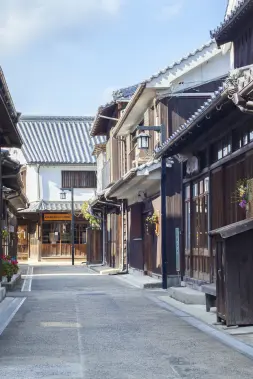History
Iwakuni’s Kintaikyo Bridge - Feudal Architecture at its Finest

-
- DESTINATION NAME
- Yamaguchi
-
- RELATED TAGS
-
- LAST UPDATED
- 16 October, 2019
When you first lay eyes upon Iwakuni’s Kintaikyo Bridge, located just a short bus ride from Hiroshima City, you may find yourself feeling like something just doesn’t quite add up.
I mean seriously – what’s this fantastic, stately bridge doing way out here in the former domain of a lower-level inaka daimyo (countryside baron)?
So I decided to take a trip there to learn why.
As it turns out, shortly after Lord Hiroe Kikkawa had Iwakuni Castle built in 1608, he decided to have a bridge built as well in order to connect his fancy new digs to the adjacent riverbank. While his plan was solid, sure enough, his bridge proved otherwise, as floods swept it away shortly after its construction. The next bridge he had built also shared this fate. As did the bridge after that.
This went on for some time, until Lord Hiroyoshi Kikkawa, successor to the fiefdom, got it into his head to finally build a bridge that just might stay put for a change, and as such ordered a new, stronger bridge built in 1673, this time with stone piers instead of wood ones. The resulting “flood-proof” structure was strong, beautiful, and quite expensive, which was a real pity as it washed away the following year.
(Seriously, this area had some intense floods.)
But if necessity is the mother of invention, stubbornness is the mule it rides to town. So Lord Kikkawa ordered his bridge-building vassals to stop messing around and get serious about this bridge problem, at which point they completely redesigned the entire structure along with its stone piers, creating a bridge that they were pretty sure definitely wasn’t going anywhere this time. To maintain the new bridge, Lord Kikkawa levied a special tax, and ordered each section of the bridge renewed at regular intervals.
The resulting bridge, declared a national site of scenic beauty in 1922, features numerous innovations which place it, as a specimen of feudal architecture, in a class all its own. For a start, the spans of the bridge, similar to Roman arches, utilize gravity to increase their load-bearing strength.
Additionally, Kintaikyo involves six different Japanese woods, each chosen for the unique benefits they offer. And while some rumors claim that Kintaikyo was built “without using a single nail,” in truth a slew of various techniques went into its construction, including traditional wood joining (i.e. no nails) in some places, and the use of specially forged nails in others.
The design commissioned by Lord Kikkawa stood for a total of 276 years until at last done in by the joint powers of natural phenomena and human negligence.
Following WWII, Kintaikyo stood in fairly bad shape as maintenance, due to wartime deprivations, had ceased during the conflict. Yet on top of this — or more accurately underneath it — US Occupying Forces had taken immense amounts of gravel from the Nishiki riverbed to construct a runway for a nearby US Marine Corps Air Station, the removal of which destabilized the bridge’s stone piers. As a result, Kintaikyo collapsed when hit by typhoon Kijia in 1950.
The reconstruction of Kintaikyo Bridge three years later restored it to its former beauty while also improving upon the strength and durability of the design. Hidden within the stone pillars, supporting columns of modern concrete and steel now ensure that Kintaikyo Bridge will stand for many generations to come.
And with its aesthetic unchanged by the reconstruction, Kintaikyo serves as an excellent sightseeing spot for all seasons. In the spring, more than 3,000 cherry trees shade the surrounding riverbanks in clouds of pink blooms; in the summertime, blue skies reflect upon the clear water; red maple leaves draw visitors from across Japan in fall; and in winter you can see the bridge wreathed in snow.
Walking across Kintaikyo’s rolling, hill-like arches brings with it that uniquely exhilarating feeling of touching history with every footstep. Thinking about the many bouts of destruction and rebirth the bridge endured over the centuries feels quite humbling — its planks washed away only to be replaced anew; its foundations collapsed only to be rebuilt stronger than before.
However, I also learned that Kintaikyo isn’t the only reason to stop by Iwakuni.
Finding myself peckish after traipsing across the bridge, I decided to duck into a restaurant on the east bank — a place called Hirasei. As fortune would have it, their menu revolved around something called Iwakunizushi (Iwakuni Sushi), a special type of tightly packed sushi unique to the area.
Made from layers of rice, fish, egg, and vegetables compressed in a wooden container using stone weights (or sometimes sushi chefs standing on the lid!), each colorful, cake-like square of Iwakunizushi exudes a festive air.
With second-floor seating providing a majestic view of the bridge, Hirasei makes for an ideal spot to indulge your eyes as well as your palate.
It proved the perfect conclusion to my visit to this stunning bridge — and a delicious way to experience a curious chapter in Japanese history.
Photographs & Text by Peter Chordas
RELATED DESTINATION
Yamaguchi
Yamaguchi is surrounded by ocean, mountains and rivers and is characterized by its climate, which is comfortable throughout the year. Its natural scenery, which includes some 1,500 kilometers of coastline, is a cut above. The prefecture has Kintaikyo Bridge, one of the three most famous bridges in Japan, and other tourist attractions, and its fugu (pufferfish) is famous as a winter dish.


























